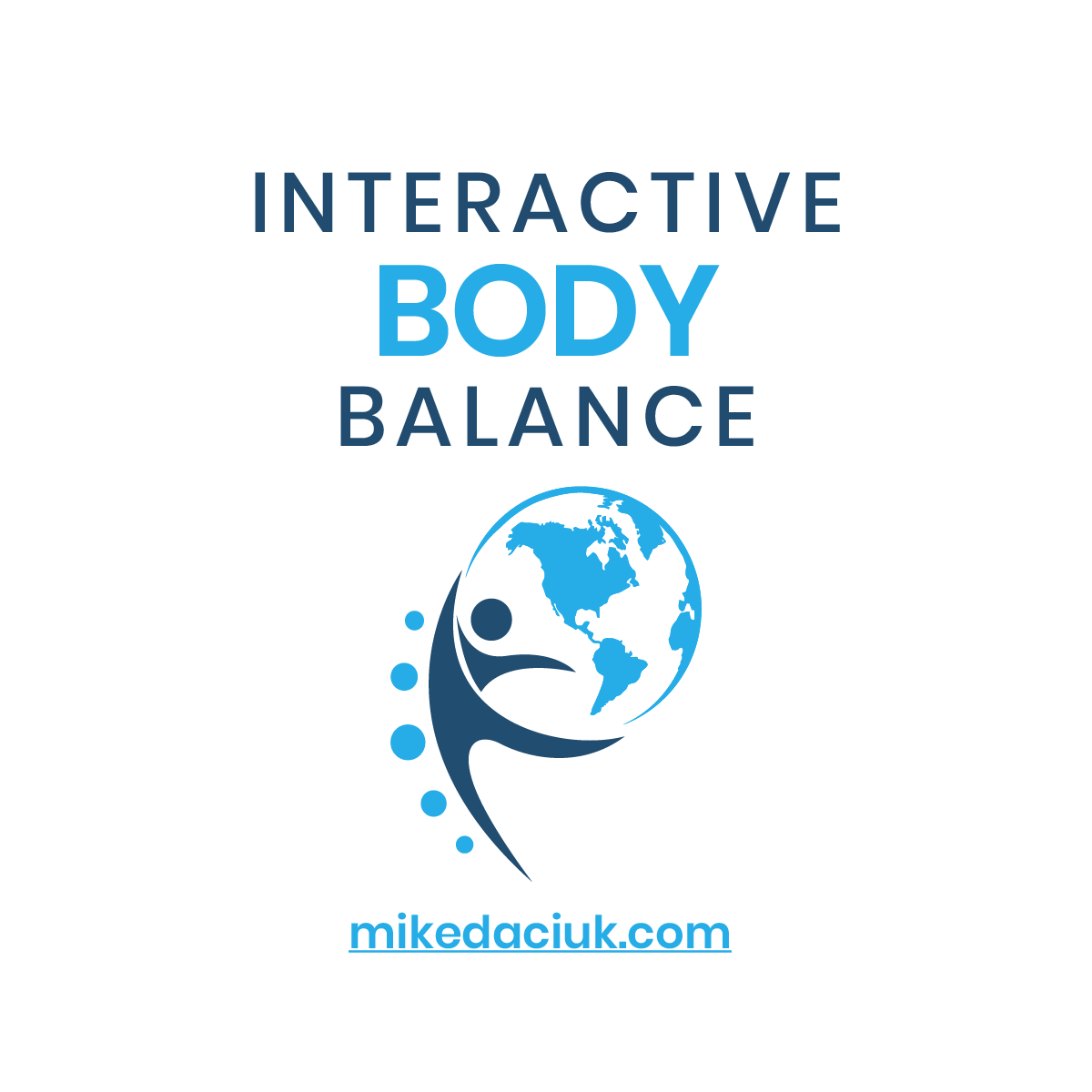Hormones
What are hormones? Hormones are chemical messengers that come from your various endocrine glands throughout your body and they relay specific messages to each cell. Humans have about 50 different known hormones, which vary in their structure, action and response. They control a variety of biological processes including muscle growth, heart rate, menstrual cycles and hunger. They travel throughout the body either in the bloodstream or the fluid surrounding the cells. They carry sets of instructions looking for target cells to bind to. They do this through protein receptors that are on the outside or inside of the cells. The protein receptor reads the hormones message and then reacts accordingly influencing gene expression or altering the activity.
Vertebrate hormones fall into three chemical classes:
- Amine-derived hormones are derivatives of the amino acids tyrosine and tryptophan. Examples are catecholamines and thyroxine.
- Peptide hormones consist of chains of amino acids. Examples of small peptide hormones are TRH and vasopressin. Peptides composed of scores or hundreds of amino acids are referred to as proteins. Examples of protein hormones include insulin and growth hormone. More complex protein hormones bear carbohydrate side chains and are called glycoprotein hormones. Luteinizing hormone, follicle-stimulating hormone and thyroid-stimulating hormone are glycoprotein hormones.
- Lipid and phospholipid-derived hormones derive from lipids such as linoleic acid and arachidonic acid and phospholipids. The main classes are the steroid hormones that derive from cholesterol and the eicosanoids. Examples of steroid hormones are testosterone and cortisol. Sterol hormones such as calcitriol are a homologous system. The adrenal cortex and the gonads are primary sources of steroid hormones. Examples of eicosanoids are the widely studied prostaglandins.
Water vs. Fat Soluble:
Most water-soluble hormones, like the amino acid derivatives and peptides, can travel freely in the blood because they “like” water. However, they are repelled by lipid or fatty structures such as the membranes that surround the cell and nucleus. Because of this, these hormones generally bind to receptor sites on the outside of the cell and signal from there.
Fat-soluble hormones, like the sex hormone steroids estrogens and androgens, are fat soluble and water repellent. That is, they “like” lipid or fatty structures such as those surrounding cells but are generally repelled by watery areas. Steroids generally travel to their target cells attached to a special carrier protein that “likes” water (such as, sex steroid hormone binding globulin and serum albumin). The hormones detach before passing into the cell where they bind to receptors. To get a better picture of this, think of oil and water. The two don’t mix and separate into distinct layers. In this case, the amino acid derived and peptide hormones would prefer to be in the water layer, and the steroid hormones would prefer to be in the oil layer. Special carrier proteins that are comfortable in both oil and water can escort the peptide and amino acid derived molecules into the oil, and the steroid molecules into the water.
|
Hormone |
Structure (1) |
Principal Source |
| Thyroid-stimulating hormone (TSH) | protein (201) | Anterior lobe of pituitary |
| Follicle-stimulating hormone (FSH) | protein (204) | |
| Luteinizing hormone (LH) | protein (204) | |
| Prolactin (PRL) | protein (198) | |
| Growth hormone (GH) | protein (191) | |
| Adrenocorticotropic hormone (ACTH) | peptide (39) | |
| Vasopressin | peptide (9) | Posterior lobe of pituitary |
| Oxytocin | peptide (9) | |
| Thyrotropin-releasing hormone (TRH) | peptide (3) | Hypothalamus |
| Gonadotropin-releasing hormone (GnRH) | peptide (10) | |
| Growth hormone-releasing hormone (GHRH) | peptides (40, 44) | |
| Corticotropin-releasing hormone (CRH) | peptide (41) | |
| Somatostatin | peptides (14, 28) | |
| Dopamine | tyrosine derivative | |
| Melatonin | tryptophan derivative | Pineal gland |
| Thyroxine (T4) | tyrosine derivative | Thyroid Gland |
| Calcitonin | peptide (32) | |
| Parathyroid hormone (PTH) | protein (84) | Parathyroid glands |
| FGF-23 (phosphatonin) | protein (251) | Bone |
| Osteocalcin | peptide (49) | |
| Erythropoietin (EPO) | protein (166) | |
| Glucocorticoids (e.g., cortisol) | steroids | Adrenal cortex |
| Mineralocorticoids (e.g., aldosterone) | steroids | |
| Androgens (e.g., testosterone) | steroids | |
| Adrenaline (epinephrine) | tyrosine derivative | Adrenal medulla |
| Noradrenaline (norepinephrine) | tyrosine derivative | |
| Estrogens (e.g., estradiol) | steroid | Ovarian follicle |
| Progesterone | steroid | Corpus luteum and placenta |
| Human chorionic gonadotropin (HCG) | protein (237) | Trophoblast and placenta |
| Androgens (e.g., testosterone) | steroid | Testes |
| Insulin | protein (51) | Pancreas (Islets of Langerhans) |
| Glucagon | peptide (29) | |
| Somatostatin | peptides (14, 28) | |
| Amylin | peptide (37) | |
| Erythropoietin (EPO) | protein (166) | Kidney |
| Calcitriol | steroid derivative | |
| Calciferol (vitamin D3) | steroid derivative | Skin |
| Atrial-natriuretic peptide (ANP) | peptides (28, 32) | Heart |
| Gastrin | peptides (e.g., 14) | Stomach and intestine |
| Secretin | peptide (27) | |
| Cholecystokinin (CCK) | peptides (e.g., 8) | |
| Fibroblast Growth Factor 19 (FGF19) | protein (216) | |
| Incretins | peptides (e.g., 31, 42) | |
| Somatostatin | peptides (14, 28) | |
| Neuropeptide Y | peptide (36) | |
| Ghrelin | peptide (28) | |
| PYY3-36 | peptide (34) | |
| Serotonin | tryptophan derivative | |
| Insulin-like growth factor-1 (IGF-1) | protein (70) | Liver |
| Angiotensinogen | protein (485) | |
| Thrombopoietin | protein (332) | |
| Hepcidin | peptide (25) | |
| Betatrophin | protein (193) | |
| Leptin | protein (167) | Fat cells (adipocytes) |
| Retinol Binding Protein 4 | protein (~180) | |
| Adiponectin | protein (117) | |
| Irisin | protein (112) | Skeletal muscle |



